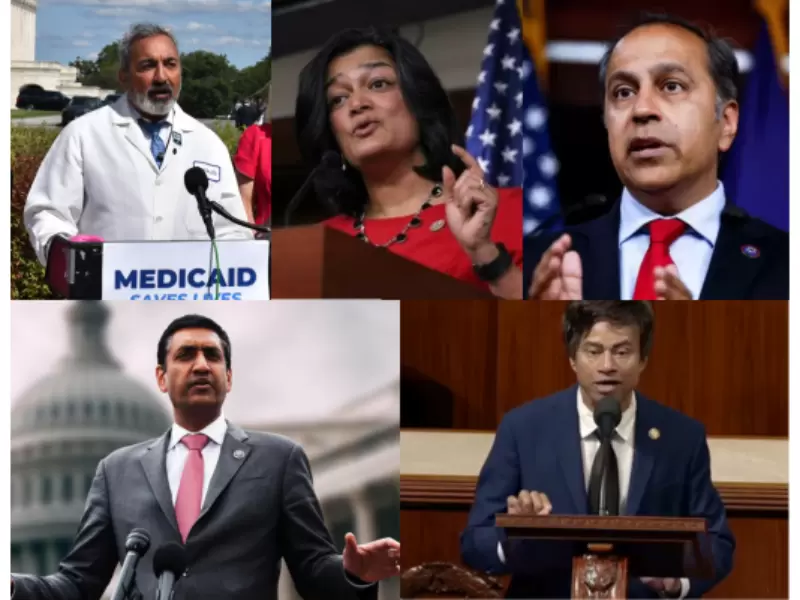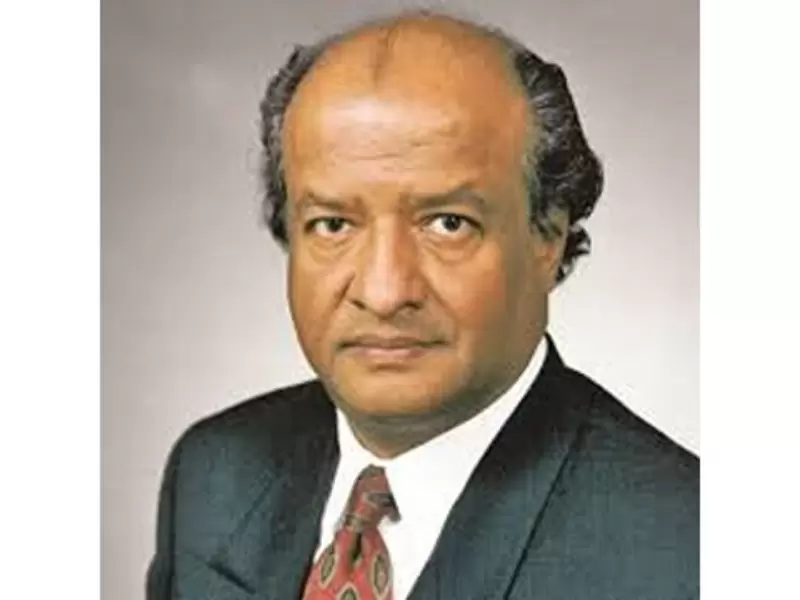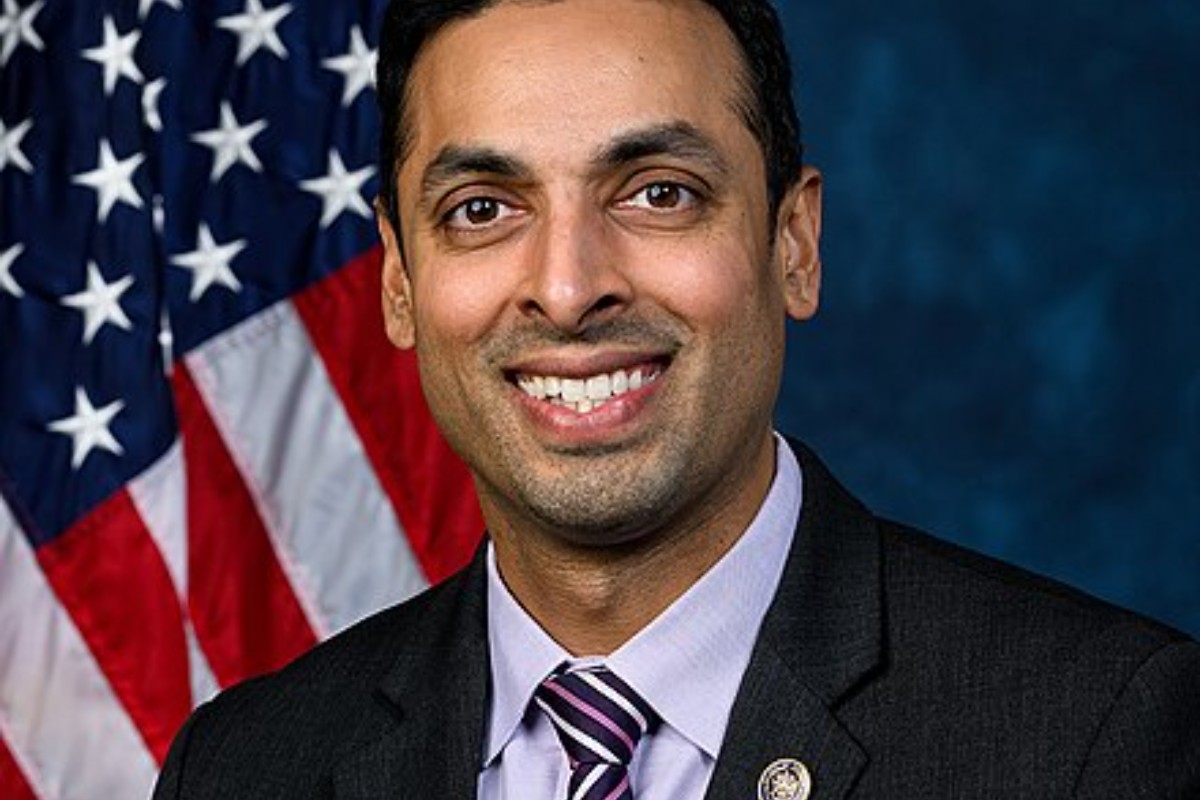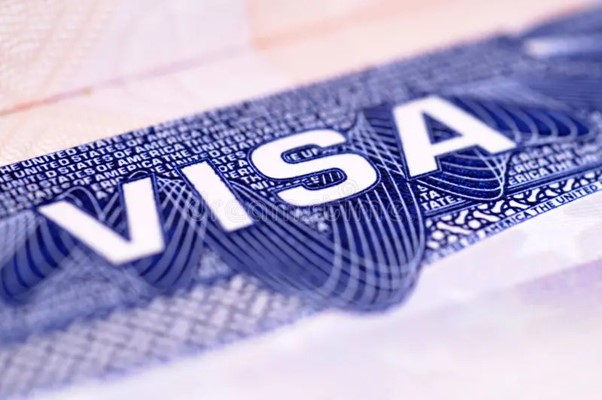Air traffic control absences surge, hitting almost half of major US airports
At least 35 FAA facilities, including several at the largest U.S. airports, reported staffing problems. Airports affected included facilities in New York, Austin, Newark, Phoenix, Washington, Nashville, Dallas, and Denver.
 Travellers check in for flights at Terminal 1 of the Minneapolis–Saint Paul International Airport during the government shutdown, in Minneapolis, U.S., October 29, 2025. / REUTERS/Tim Evans
Travellers check in for flights at Terminal 1 of the Minneapolis–Saint Paul International Airport during the government shutdown, in Minneapolis, U.S., October 29, 2025. / REUTERS/Tim Evans
Nearly 50 percent of the 30 busiest U.S. airports faced shortages of air traffic controllers, the Federal Aviation Administration said on Oct. 31, leading to flight delays nationwide as a federal government shutdown hit its 31st day.
The absence of controllers on Oct. 31 is by far the most widespread since the shutdown began, with one of the worst-hit regions being New York, where 80 percent of air traffic controllers were out, the agency said.
At least 35 FAA facilities, including several at the largest U.S. airports, reported staffing problems. Airports affected included facilities in New York, Austin, Newark, Phoenix, Washington, Nashville, Dallas, and Denver. At some airports, delays averaged one hour or more.
The shutdown has forced 13,000 air traffic controllers and 50,000 Transportation Security Administration officers to work without pay.
"After 31 days without pay, air traffic controllers are under immense stress and fatigue," the FAA said late Oct. 31.
"The shutdown must end so that these controllers receive the pay they've earned and travelers can avoid further disruptions and delays," it added.
The impact on the system would have been far worse on a typical Friday. However, Halloween evening traffic was 20 percent lower than usual, which helped mitigate the effects of staffing shortages, airline officials said.
More than 5,600 flights were delayed on Oct. 31, and 500 were canceled, according to FlightAware, a flight tracking website.
At New York's LaGuardia Airport, 50 percent of flights were delayed and 12 percent canceled, with delays averaging 140 minutes, while Washington, D.C.'s Reagan National Airport had a quarter of flights delayed.
Airlines are bracing for more flight disruptions.
"Coming into this weekend and then the week after, I think you are going to see even more disruptions in the airspace," U.S. Transportation Secretary Sean Duffy said on Fox News' "America's Newsroom."
Calls for 'continuing resolution'
On Oct. 30, air traffic control staffing shortages snarled flights at Orlando, Dallas/Fort Worth, and Washington, D.C., when FlightAware data showed 7,300 flights delayed and 1,250 canceled across the United States.
Delta Air Lines, United Airlines, Southwest Airlines, and American Airlines have all called on Congress to quickly pass a stopgap funding bill known as a "continuing resolution" to let the government reopen amid talks on disputes over healthcare policy.
National Air Traffic Controllers Association President Nick Daniels on Oct. 31 joined the airlines in calling for a continuing resolution.
The government shutdown began on Oct. 1 and continued as a federal funding bill stalled in Congress.
Republican lawmakers want to pass a "clean" funding measure with no strings attached, while Democrats have demanded talks on extending healthcare subsidies set to expire at year-end.
Airlines have repeatedly urged an end to the shutdown, citing aviation safety risks.
The shutdown has exacerbated existing staffing shortages, threatening to cause widespread disruptions similar to those that helped end a 35-day government shutdown in 2019.
The FAA is about 3,500 air traffic controllers short of targeted staffing levels, and many had been working mandatory overtime and six-day weeks even before the shutdown.
ADVERTISEMENT
ADVERTISEMENT
E Paper
Video



 Reuters
Reuters












Comments
Start the conversation
Become a member of New India Abroad to start commenting.
Sign Up Now
Already have an account? Login